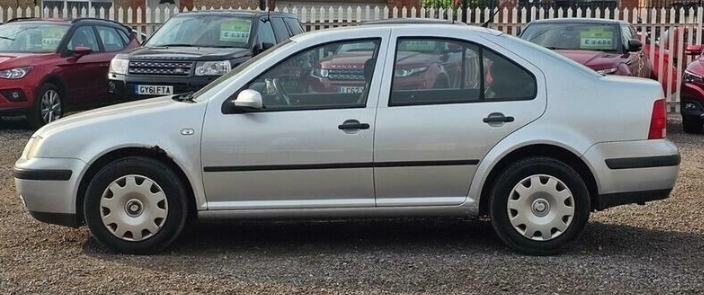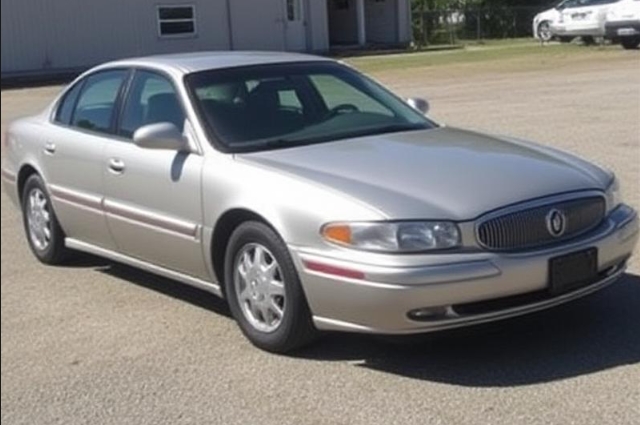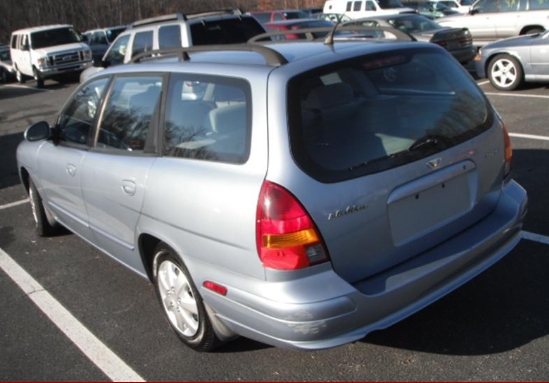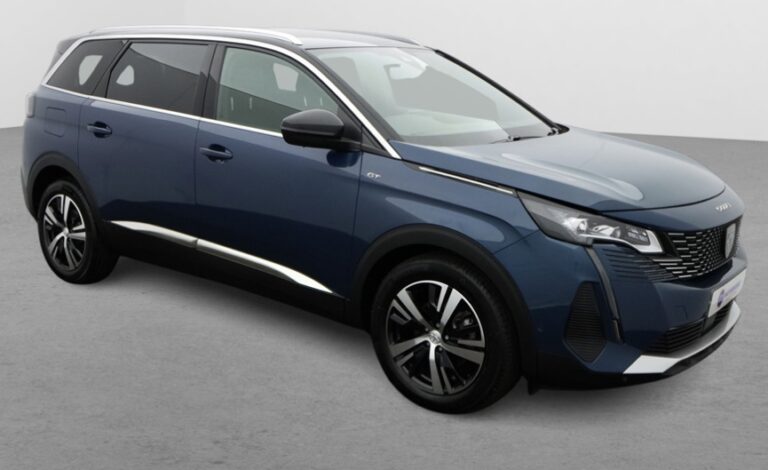The Evolution of the Volkswagen Bora
The Volkswagen Bora is a compact sedan that has played a significant role in Volkswagen’s global lineup, especially in markets outside North America, such as Europe, Asia, and Australia. Its development reflects not only technological advancements but also shifting consumer preferences and market demands. This article traces the evolution of the Volkswagen Bora, detailing its production years, various models, and trim levels offered throughout its lifecycle.
Origins and Early Development (1998–2005)
Introduction and Background
The Volkswagen Bora was introduced in 1998 as a successor to the Volkswagen Jetta Mark 3 in certain markets, particularly in Europe. It was built on the Volkswagen Group’s A4 platform (also known as the PQ34 platform), which it shared with several other models, including the Audi A3 and Skoda Octavia.
Initial Models and Trim Levels
At launch, the Bora was available in multiple trim levels tailored to regional markets, with the primary focus on European consumers. The initial lineup included:
- Base models (S): Equipped with modest features suitable for budget-conscious buyers.
- Comfortline: Offering additional comfort features such as power windows, better interior trim, and upgraded audio systems.
- Highline: The top-tier trim with luxury features, premium upholstery, and advanced options.
Engine Options
The early Bora offered a range of petrol and diesel engines, including:
- Petrol engines:
- 1.6L SOHC (75–100 PS)
- 1.8L DOHC (125–150 PS)
- 2.0L (115–115 PS or 115–125 PS, depending on market)
- 1.9L TDI diesel (90–110 PS)
Design and Features
Design-wise, the Bora maintained the clean, conservative lines typical of late 1990s Volkswagen models, with a focus on practicality and comfort. It featured a spacious interior, and the build quality aligned with VW’s reputation for durability.
Facelift and Mid-Cycle Refresh (2002–2005)
2002 Facelift
In 2002, Volkswagen launched a mid-cycle facelift for the Bora, which included:
- Exterior updates: New grille design, revised bumpers, and clearer headlights.
- Interior improvements: Enhanced materials, upgraded dashboard, and improved ergonomics.
- Mechanical updates: Refinements to engine management systems, improved suspension, and safety features like standard front airbags.
Trim and Engine Lineup Post-Refresh
Post-facelift, the Bora continued to be offered in similar trim levels but with added options:
- Trendline: Entry-level trim, basic features.
- Comfortline: Mid-range with additional comfort and convenience features.
- Highline: Top-tier, including leather upholstery, premium sound systems, and other luxury options.
Engine options remained largely consistent, with the addition of newer TDI diesel variants, such as the 1.9L PD (Pumpe Düse) engines, which offered better fuel economy and performance.
The Mk4 (Typ 9N) Volkswagen Bora (2005–2011)
Transition to the Mk4 Platform
While many refer to the Mk4 Jetta, in markets outside North America, the Bora was essentially the same model, introduced on the newer PQ35 platform (also known as the Typ 9N). This version debuted in 2005 and marked a significant evolution in design, technology, and safety.
Design and Features
- Exterior: More modern styling with sharper lines, larger headlights, and a more aerodynamic profile.
- Interior: Higher-quality materials, improved ergonomics, and increased cabin space.
- Technology: Introduction of features like electronic stability control (ESC), improved airbags, and optional climate control systems.
Trim Levels and Variants
In this generation, the Bora was offered in several trims, often region-specific:
- Trendline: Basic features, manual windows, and minimal amenities.
- Comfortline: Added power windows, central locking, and upgraded interior trims.
- Sportline/GT: Performance-oriented versions with sport suspension, alloy wheels, and sportier styling cues.
- Highline: Luxury-focused trims with leather upholstery, premium audio, and additional comfort features.
Engine Offerings
The engine lineup was expanded and refined:
- Petrol engines:
- 1.4L (80 PS)
- 1.6L (105 PS)
- 2.0L (115–150 PS)
- 1.4L TSI (Turbocharged, 125 PS)
- 2.0L TFSI (200 PS, in sportier trims)
- Diesel engines:
- 1.9L TDI (105–130 PS)
- 2.0L TDI (140 PS)
- 2.0L TDI PD (Pumpe Düse, up to 170 PS)
Special Editions and Performance Models
Volkswagen also offered special editions and sportier variants during this period, such as:
- Volkswagen Bora GLI: A high-performance model comparable to the Jetta GLI, featuring sport suspension, more aggressive styling, and a turbocharged engine.
- Limited Editions: Various markets received special trims with unique badging, features, and color options.
Final Years and Discontinuation (2011)
End of Production
The Volkswagen Bora was produced until 2011 in most markets. Its successor in many regions was the Volkswagen Jetta (Mark 6), which adopted a more global approach with a sedan that shared more components and styling with the Golf.
Legacy and Market Impact
The Bora was known for its reliability, solid build quality, and balanced driving dynamics. It appealed to consumers seeking a practical, comfortable compact sedan with a touch of European refinement.
.
THIS might be a great place to get your new car from!
Or for those who are into the “car flipping” business, here’s an excellent resource for you!

.
Summary of Production Years and Models
| Years Produced | Regions/Markets | Notable Models & Trim Levels | Engine Options | Key Features |
|---|---|---|---|---|
| 1998–2005 | Europe, Australia, Asia | Base, Comfortline, Highline | 1.6L, 1.8L, 2.0L petrol, 1.9L TDI | Comfort, reliability, conservative styling |
| 2002–2005 | Europe, others | Same trims with facelift | Similar engines, refined | Updated design and features |
| 2005–2011 | Global (excluding North America) | Trendline, Comfortline, Highline, Sportline, GLI | 1.4L–2.0L petrol, 1.9L–2.0L TDI | Modern styling, advanced safety |
Conclusion
The Volkswagen Bora’s evolution reflects the brand’s commitment to combining practicality with European design sensibilities. From its modest beginnings in the late 1990s to its more refined form in the late 2000s, the Bora served as a reliable and versatile compact sedan. Its various trim levels and engine options allowed it to appeal to a broad demographic, from budget-conscious buyers to those seeking a sporty or luxurious driving experience.
Though its production ended in 2011, the Bora’s legacy continues through its influence on subsequent Volkswagen models and its reputation for durability and quality. Today, it remains a popular choice among used car buyers worldwide, appreciated for its engineering and understated style.
Note: The specifics about trim levels and engine options can vary by country, and Volkswagen often introduced regional variants to cater to local markets.







